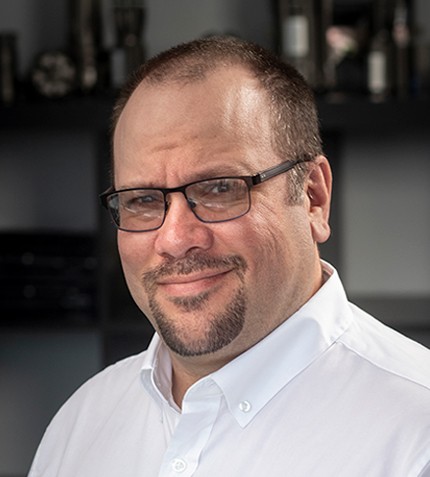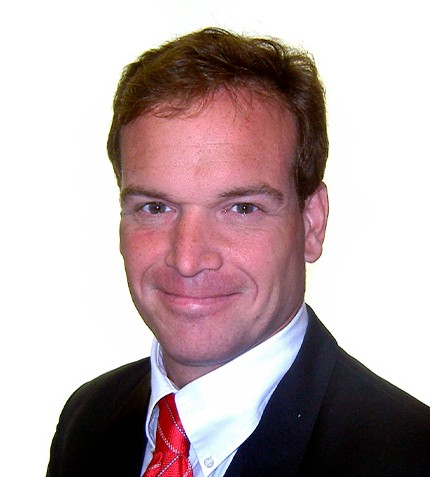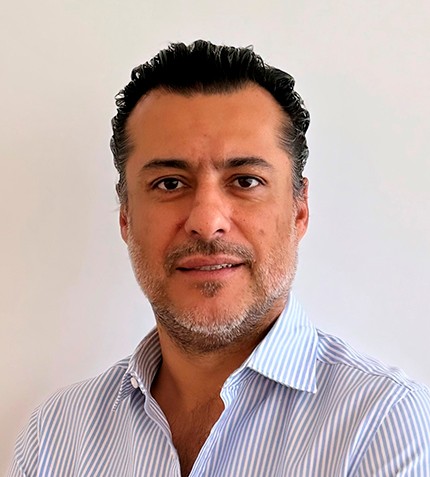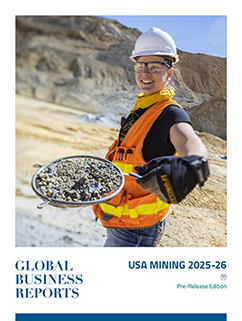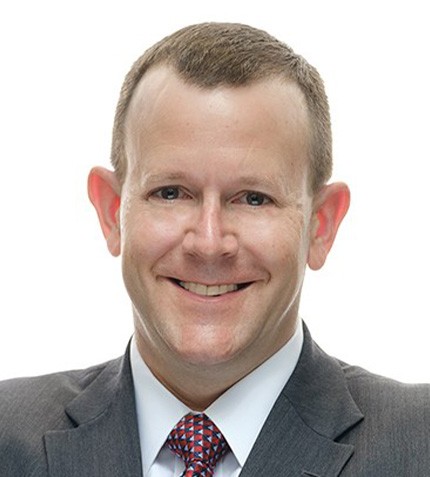
“In the Abitibi, we are sitting in one of the most sought-after exploration terrains globally.”
Dan Wilton
CEO, FIRST MINING GOLD
How significant will the acquisition of the Québec-based Duparquet gold project be for First Mining Gold’s portfolio?
First Mining Gold has a suite of development projects in Canada, some of which we are moving forward ourselves and others we have partners to help fund. Our largest project is Springpole in northwestern Ontario, an open pit project with approximately 5 million oz Au. We completed a PFS on Springpole in 2021, and we published our draft environmental assessment document in June 2022. We announced in July 2022 that we will be acquiring the Duparquet gold project in Québec (closed in September 2022), a project near Rouyn-Noranda that we own a small piece of but are consolidating what will likely be a 100% interest in a resource that is 3.4 million oz indicated and, combined with other components of our portfolio, over 2 million oz inferred. This acquisition closed in September and now we have more than 9 million oz indicated and another 3.4 million oz inferred, which will be one of the largest resource bases of any developer in the gold sector.
The company has other portfolio interests such as Pickle Crow and Cameron in Ontario, as well as Hope Brook in Newfoundland. We are also the largest shareholder of Treasury Metals, who is advancing the Goliath gold project in Ontario.
Why is it so popular for exploration companies to go after previously operating gold mines in the Abitibi region?
The largest mining companies are just as interested in exploration potential as the resource itself. Where Duparquet is located ties into to other projects First Mining Gold already owns – the Pitt and Duquesne projects, the latter of which is a past-producing mine, meaning we have access to an underground shaft and infrastructure. Several smaller high-grade mines in the Abitibi had been developed previously, and we are now seeing successes in consolidation. What Osisko did with Canadian Malartic is a great example. We saw you can grow a resource in this way to a point of critical mass where it becomes very strategically interesting to some of the biggest gold mining companies in the world. In the Abitibi, we are sitting in one of the most sought-after exploration terrains globally.
What attracted you to the Beattie Gold mine and the Duparquet Gold project?
Beattie, which makes up part of the Duparquet project, had been the largest producing gold mine in Québec in the 1930s. It then had 270,000 m of drilling done in the in the late 2000s and early 2010s, but when the equity markets were on a downturn, people forgot about the fundamental work done here at the last end of the cycle, making it an incredibly advanced-stage project completely off the radar.
The mineralization and geology at Beattie are distinct from what you envision as a traditional gold mine in the Abitibi. This is a disseminated orebody with areas of higher grade and better continuity in its mineralization. It also has enormous potential at depth, and we have just scratched the surface. Everybody looked at the larger bulk tonnage potential, but the reality is there is a grade of 2 g/t million-ounce deposit sitting inside Beattie at a much lower strip ratio. This means there is potential for more economic high-grade starter mineralization that could be the foundation for a start small and expand scenario as opposed to a campaign that needs C$1 billion of upfront capital to get off the ground. In general, we are excited by projects that have a ton of data but have been overlooked by other people.
What does First Mining Gold hope to accomplish over the coming year at Duparquet?
With the closing of the Duparquet acquisition, First Mining will conduct environmental baseline work, as we want to update what had been done by Clifton Star. We will brainstorm whether there are new ways we can think about approaching the scale of the asset, which we can do given the data we have. In the next 12 months, we plan on being able to give investors, regulators, and the surrounding community a sense of a solid, sensible plan forward that we can wrap an economic study around. This is one of the largest and highest-grade projects in Québec.




